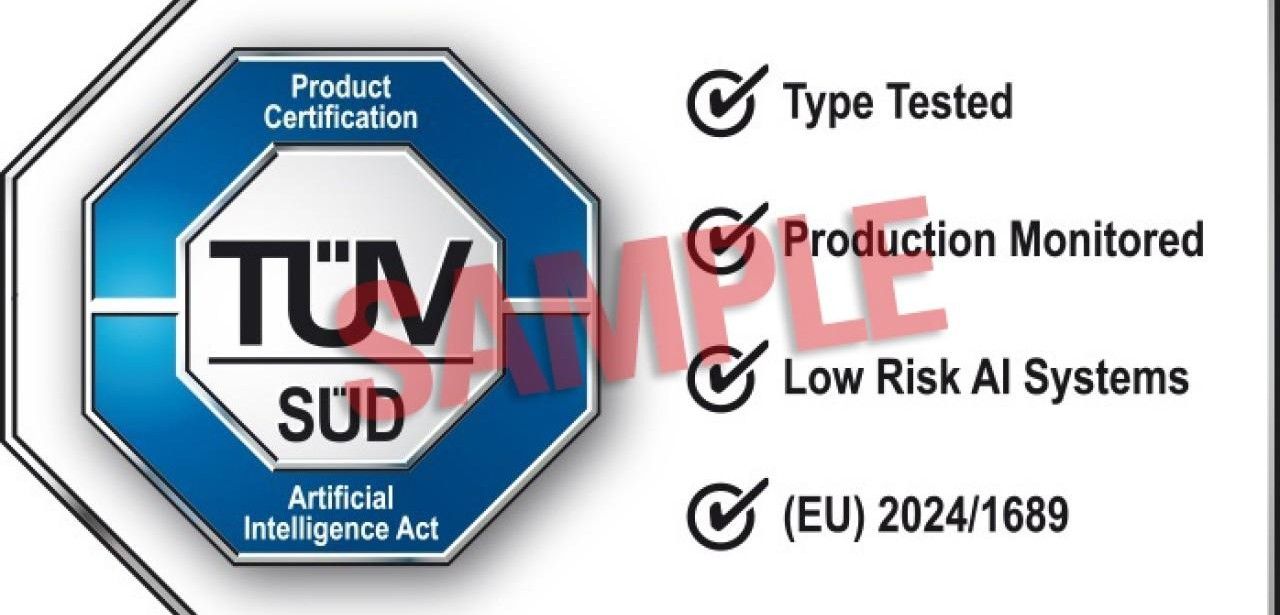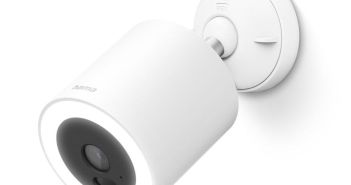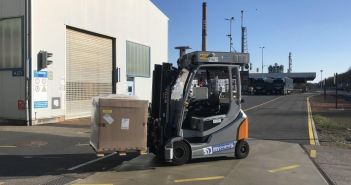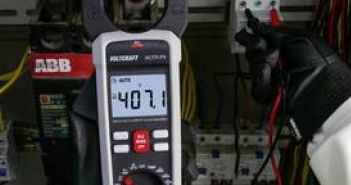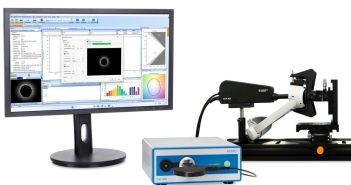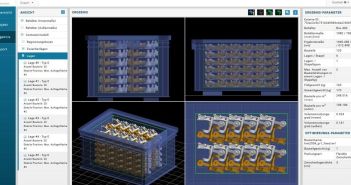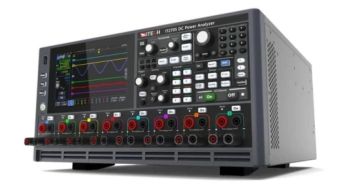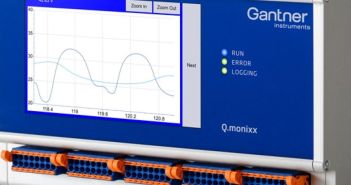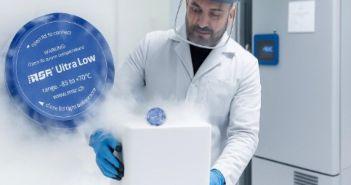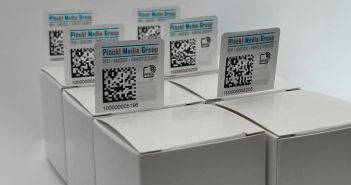TÜV SÜD’s inaugural certification mark for low risk AI systems empowers manufacturers and operators of AI applications outside the AI Act framework by establishing transparent quality standards and traceability. This voluntary evaluation relies on technical criteria, assessing performance from automated sliding doors to autonomous intralogistics vehicles. By delivering objective benchmarking data, TÜV SÜD enables informed decision making among industry professionals and cultivates greater end user confidence in certified AI solutions.
Table of Contents: What awaits you in this article
TÜV SÜD Introduces Voluntary Certification: EU Low-Risk AI Systems
The TÜV SÜD test mark targets AI manufacturers, operators meeting the low-risk threshold under EU Regulation 2024/1689 (AI Act). Although no legal obligation exists, this voluntary certification framework implements systematic technical evaluations across performance, data integrity, security, operational safety and energy efficiency. Adopting these standardized benchmarks enables participants to demonstrate proactive accountability, improve transparency, reinforce stakeholder confidence and establish quality assurance in sectors previously limited to self-assessment and compliance efforts.
AI-driven sliding doors slash building energy consumption through optimization
Initial implementations include AI-driven algorithms optimizing automatic sliding door operations by regulating opening and closing cycles to minimize building energy consumption. Concurrently, autonomous intralogistics transport vehicles exemplify pioneering adoption, coordinating mobile robots within warehouses to streamline navigation routes and lessen workload. These systems employ data analysis and control mechanisms, enhancing resource efficiency while integrating with current infrastructure. This dual application highlights tangible benefits in sustainability and productivity across industrial environments.
AI Mark Validated Through Application Tests Ensures Transparent Reliability
The certification mark relies on tailored test programs that assess energy efficiency, robustness, data processing, and functional safety. It equips professional customers with a thorough impartial framework to benchmark reliable performance and reliability of low-risk AI solutions. The rigorous structured evaluation also offers end users transparent visibility into the quality standards of certified systems, enabling informed decision-making while building trust in the safety and consistent operation of the AI applications.
Optional Article 69 Self-Commitment Empowers Early AI Quality Standards
Under the modular framework, developers may voluntarily adopt Article 69 AI Act commitments to formally establish quality and safety benchmarks. This optional self-commitment empowers manufacturers to codify their standards, providing a structured approach to risk management. According to Benedikt Pulver, head of the Machine Safety Department at TÜV SÜD, such voluntary certifications demonstrate a strong pledge to ethical and responsible AI innovation, even in domains that face minimal regulatory oversight.
TÜV SÜD certification mark available in German and English
The certification mark is available in German and English from TÜV SÜD and can be supplemented with additional consumer information if desired. This multilingual approach ensures both technical professionals and end users can understand which standards the AI system meets and which assessment criteria were applied. By offering accessible documentation in both languages, TÜV SÜD fosters transparency, enabling stakeholders to make informed decisions about the certified applications quality and safety.
TÜV SÜD certifies low-risk AI, enhancing transparency and confidence
By introducing a voluntary label for low risk AI systems, TÜV SÜD provides stakeholders with an objective framework to verify product quality and transparency across diverse applications. This certification does not override existing regulatory obligations but complements them by highlighting adherence to robust technical and safety criteria. It helps manufacturers demonstrate responsible design practices while increasing confidence among specialized users, operators, and end consumers. It elevates industry benchmarks for performance.


